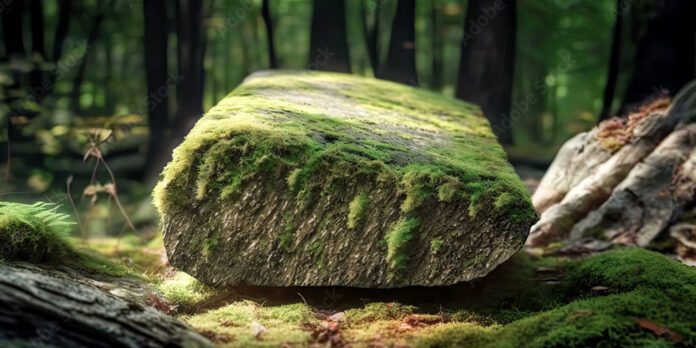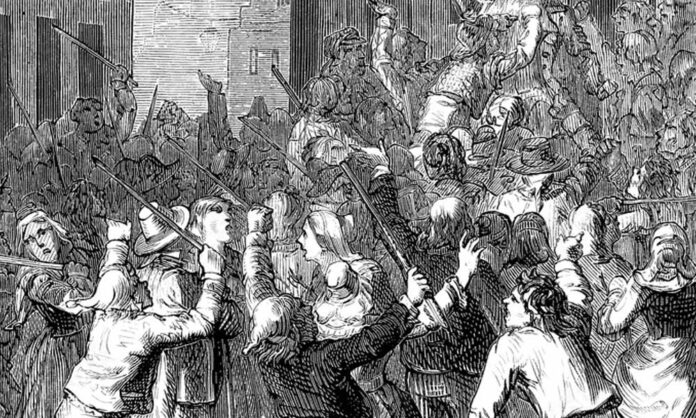A statistical and agricultural survey of the county of Galway : with observations on the means of improvement
Sir John Burke Of Marble Hill
Date: 1824
“At Marble Hill, the seat of Sir John Burke, trees have made a rapid progress in a soil by no means favourable. They were planted in 1775, at four years old, and in 1803″OF THE COUNTY OF GALWAY. 181
Sir John Burke, Marble Hill.
When the carriage is short, land can be amply manured for two to three pounds per acre. The greater part of the demesne of Belview, the seat of Mr. Lawrence, which formerly did let for £$. per acre, was so completely covered with heath, that ” when a cow lay down, the horns could not be seen above it” The late Mr. Lawrence gravelled it, and took two fine crops of potatoes without manure, and laid it down with a crop of oats. It is well known that a great. deal of land will rear the largest ox, but will not fatten him, but if gravelled will fatten him perfectly.
Irrigation is another manure that is little used in this county. Formerly some ill conducted efforts were made at Marble Hill, St. Cleran’s, &c. ; but have been most unaccountably abandoned by the present proprietors. There is scarcely any demesne that could not be, in part, watered A few years since upwards of twenty acres were prepared for this purpose at Ballynahinch, which, after an expenditure, if I am rightly informed, of .£700. have been also neglected. If this was expected to operate as an example to Mr. Martin’s tenants in Connamara, nothing could be devised more likely to prevent it, as, independant of the enormous expense, the kind of irrigation pratised there, (Trunk work ) though it might be proper for that situation, was little adapted to a hilly country, where an infinite quantity of catch work could be cheaply effected ; but I have frequently perceived in many parts of Ireland, that many professional men who come over here, bring with them a decided aversion to any practices different from those they have been used to. A strong instance
of this occurs on the banks of the grand canal, near Salins, the property of Mr. Griffith. 1 was informed by the ingenious Mr. Hamilton, formerly secretary to the Farming Society, and whose death will be long deplored by agriculturists, that those meadows were formerly very productive as catch water meadows, but that I doubt much the accuracy of my information, ” that two crops of potatoes warn produced without any additional manure.” I think it probable the ground was burned.
Mr. Lawrence shewed great judgment in selecting hardy trees for the west side of his plantations; they are very much beech, hornbeam and sycamore. Many people, I have been informed, thought him a little deranged when he planted such a quantity of his demesne as 370 acres; but if his views had been seconded during the minority of his son, there would be an immense property coming to him and his children. He planted 100,000 oaks at the distance at which they were intended to stand for timber, and filled up the spaces with other trees for nurses. He calculated that each oak tree in forty years would be well worth at least 20s.; and had they been properly thinned in time this calculation would have been greatly below the value. Some progress was made for this purpose when I commenced the thinning ; and if it had been gradually carried on for a few years, his judicious intentions would hare been more than realised. If I am rightly informed, since that period, oaks and nurses have
nearly all disappeared. I made a valuation of what value the entire plantations of this demesne would be at a future period of thirty years, when they would be about seventy-four years old, and supposing the trees to stand twelve feet asunder, which is sufficient for trees not intended for ship timber, and even at twenty shillings each, they would be worth £181,300. but they would be more likely worth s£S. each, when they would be worth £543,900. besides the value of the thinnings in the mean time. I am aware it will be said that there must be deductions for failures ; I grant it ; but I am convinced that it is more probable that many trees of this age (seventy-four years), will be worth from j£5. to j£10. each. It proves, amongst number, less instances in Ireland, that one or more sworn superintendants of the plantations of minors, under the control of the court of Chancery, (as my operations at Bellevue were) would be a most useful officer, and
would prevent the gross frauds and dilapidations committed frequently by guardians and executors on the property of wards of chancery.*
Immense losses have been sustained at Bellevue, by cutting, at a former period, the limbs of beech and other trees, eight or ten inches from the stem; holes were formed when the stumps decayed : if cut close at the time, the wound would have been healed over long since. I met another glaring proof of this erroneous practice at Rossborough, the seat of the earl of Milltown. Several years ago a person of the name of I took the liberty, some time since, to address s latter on this subject to tho Lord Chancellor. At I hare never been honored with an answer, I presume bit lordship did not approve of the idea. I can only regret it, without having had any reason since to change my opinion.
440 STATISTICAL, fte. SURVEY
Smyth, who had been a long time planter to the late duke of Leinster and his father, commenced the plantations, and probably a designer. He was unfortunately engaged at Rossborough, where he pruned with a vengeance. To improve the body he cut off limbs
afoot diameter of beech trees (some of the largest I ever saw). When I viewed them a few years ago, there was a well hole, filled with water, reaching from the mutilated timber to the ground in the centre of the tree. It may be well supposed what havoc such an
improver must have committed at the duke of Leinstert and other places, for I understand he was much employed, and I suppose he did this from experience, that ignis fatuus of improvers of all descriptions. The picturesque appearance of many plantations has been completely prevented in numberless places by mistaking Mr. Pontey’s excellent directions for pruning forest trees. At Marble Hill, the seat of Sir John Burke, trees
have made a rapid progress in a soil by no means favourable. They were planted in 1775, at four years old, and in 1803, when I took the dimensions, were as follows, at five feet from the ground : Feet. Inches.
Beech, 3 5 in circumference.
Ash, 3 5 do.
Oak, 2 11 do.
Which was a considerable growth for 28 years, and in such a soil. An excellent practice was adopted by the late Sir Thomas Burke, of planting two or three years old forest trees like quicks in the sides of ridges, thrown up like potato ridges ; this practice is well worth the
notice of those possessing soils with a thin or wet surface over clay, I have had many opportunities of regret exceedingly that I have not been honoured by Sir John
Burke with answer to a letter I took the liberty of addressing to him
OP THE COUNTY OF GALWAY. 441
witnessing the extreme hardiness of pineaster. At Cnuck-a-Donagh, the estate of Mr. Martin, near Bushy Park, two very flourishing pineasters may or might be seen on a very exposed hill ; the west side of the tree as vigorous as the east, whilst Scotch firs in the same
situation are in a miserable state of decay. At Rahasan also, pineasters are growing vigorously exposed to the westerly winds ; and in the same plantation Scotch fir are only lingering out their lives. The largest oak probably in this province may be seen here ; it is a
noble tree, and spread with a charming canopy upwards of seventy feet The instances of the hardiness of pineaster almost convinces me that the immense fir trees found buried in bogs in exposed situtions are pineaster, and not Scotch fir. An immense pineaster may be seen (1 80S) at Killeen, in the parish of Ballynakill, the estate of Sir John Burke. It was brought there by one Porter, one of Cromwell’s soldiers ; there is or was a large Scotch fir near it, greatly inferior in every respect, though tradition says they were planted at the same time Great losses are sustained by permitting birch to occupy the place of better trees. In my survey of
Clare, I have given an instance of it in the extensive woods of Cratilon. At Woodpark, near Woodford, consisting of about 40 acres, this mistake occurs. This wood, like most woods in this county, is grazed, and in a wretched condition, at least it was so when I saw it a requesting the girths of those trees at the present period. It might have been orea an amusing document to Sir John or his son at soma rotors period. I feel great g r atifi cat ion in acknowledging the urbanity with which the lata Sir Thomas Burke acceded to my request for information.
Not content with his own information during a very delightful week spent at Marble House he not only favoured me with letters of introduction to his friends, but sent intelligent men to show me every thing warm seeing him a few years ago.
Sir John Burke, Marble Hill.
Source of original content: Letter to THE ROYAL DUBLIN SOCIETY dated 1824




